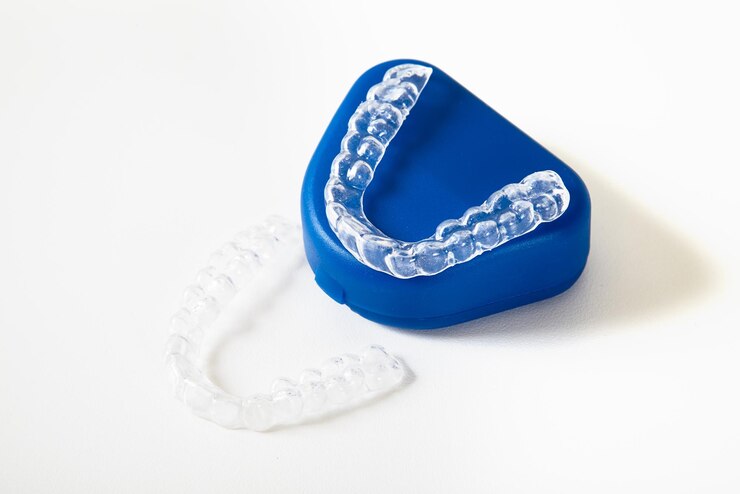Although to the casual view, night guards and retainers seem to be the same, they are not. Although a night guard looks like a plastic retainer, its protecting ability is really different. A night guard is meant to guard teeth. A retainer is meant to help teeth stay in place. Your particular situation and the recommendations given by your dentist will determine which one is most suitable for you.
The retainer night guard combo treatment approach will be discussed in this article:
Teeth grinding, or bruxism:
Medically referred to as bruxism, teeth grinding is a chronic, unconscious habit. Although it can occasionally happen while a person is awake, bruxism usually strikes when a person is asleep. Mild forms of teeth grinding could be addressed without additional treatment. On the other hand, grinding your teeth could lead to several uncomfortable disorders that damage your teeth and start to affect your regular activities. TMJ does not define bruxism. These present similar but not quite related challenges.
Although worry and sleep problems are among the several causes of teeth grinding, damage to your teeth stays the same.
The Night Guard’s Mechanisms
Devices worn over the top or bottom teeth during the night and night guards help to prevent bruxism—that is, clenching or grinding of the teeth and jaw. Depending on your needs and degree of teeth grinding, your sleep guard will be made of a softer, more flexible rubber or a stronger plastic. Though they seem like plastic retainers, night guards have quite different defensive purposes.
Your degree of teeth grinding and your particular needs will determine whether your sleep guard is made of a softer or a harder plastic. Those who grind and clench their teeth should sleep wearing night guards as a prophylactic step.
Retention Mechanisms
Following orthodontic treatment, your teeth are kept in their proper alignment with retainers. The surrounding gum and bone will require time to adjust to the new position once your teeth have been moved to their best alignment at the end of treatment. Retainers have to be worn as advised by your dentist to be effective. You could then be able to wear them just in the evenings and while sleeping.
Retainers are created especially to fit your teeth exactly. Like a tailor fitting a suit, each retainer is tailored specifically for you. For example, detachable retainers may be placed and taken out by the patient and are usually made of translucent plastic-like material and wire.
Their goal is to keep your teeth in place and stop their migration. At first, they could feel strange or uncomfortable, but if you wear them regularly and follow your dentist’s advice, this feeling should go away within a few weeks as your teeth settle.
Should you wear a retainer to maintain straight teeth at night, you could be tempted to utilize it to treat bruxism, aches, and pains. In moderate conditions, this could be enough. Conversely, two separate tools with different purposes are a nightguard and a retainer. Should you choose to use a retainer as a night guard, you run the danger of wearing it down, finding it uneven and uncomfortable, or perhaps breaking it, calling for an expensive repair. Regarding teeth grinding, a night guard is a better fix than a retainer.
Knowing the main variations between a retainer and a night guard will help you to boldly ask your dentist which choice would be best for you.


